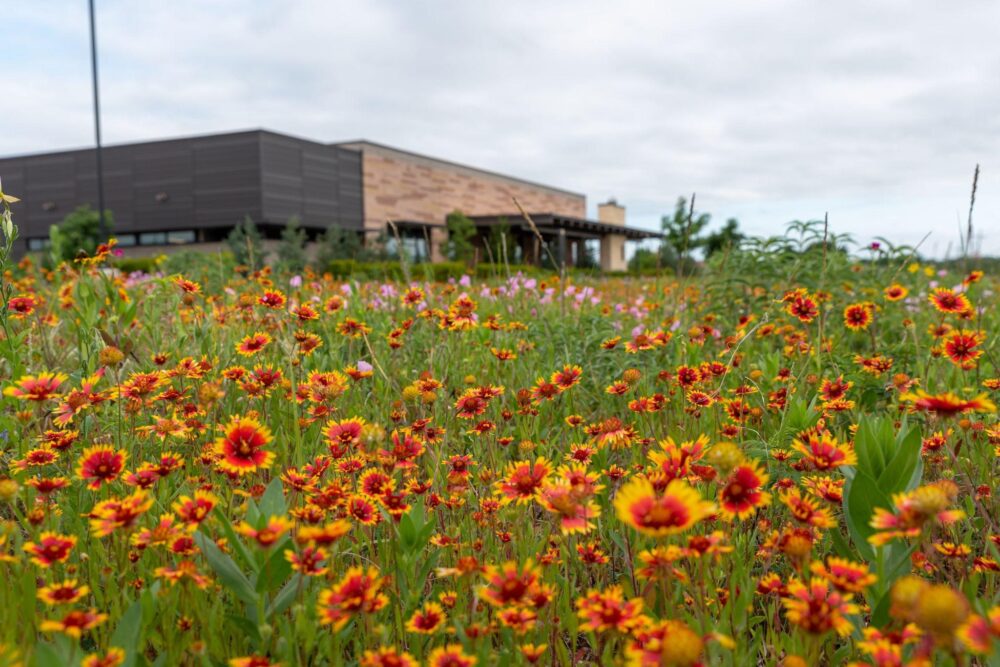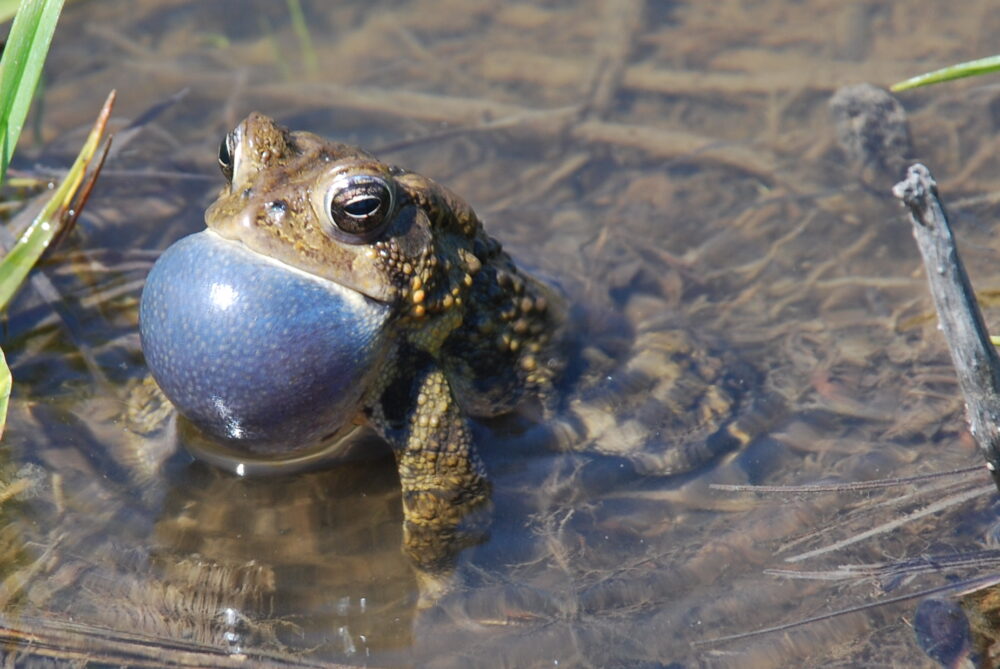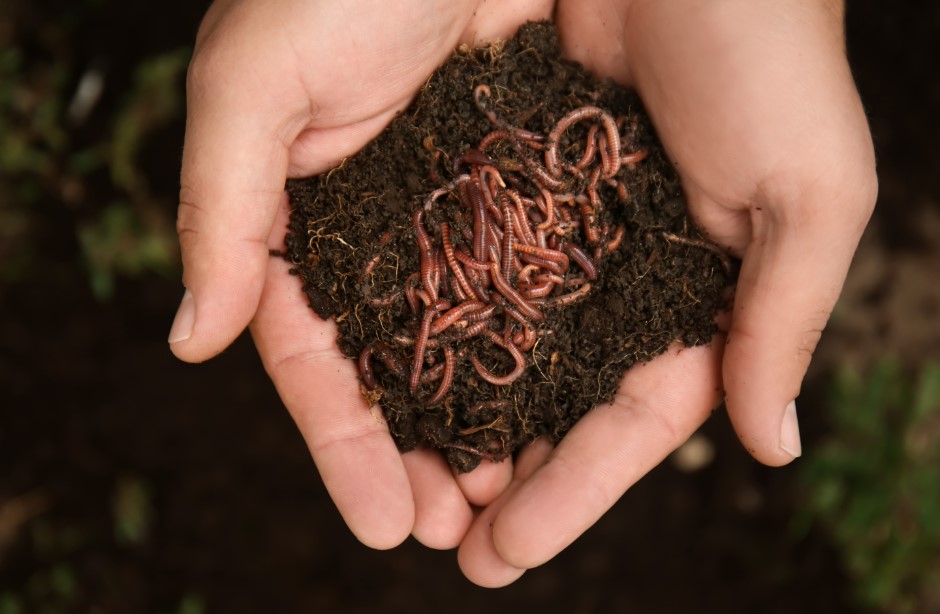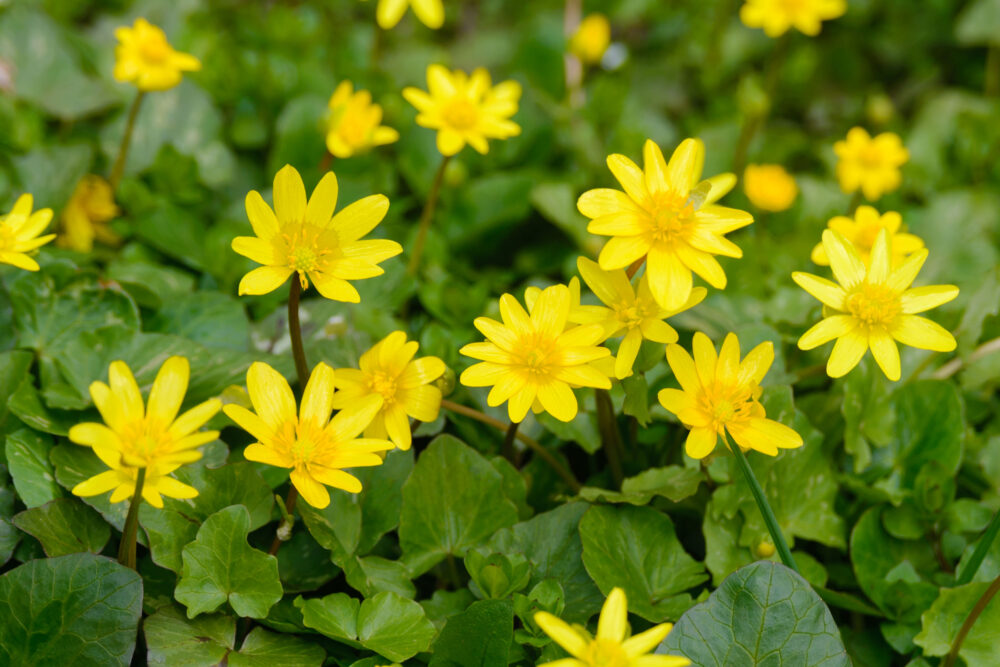We have much more to do and your continued support is needed now more than ever.
Why Leaves Fall from Trees in Autumn
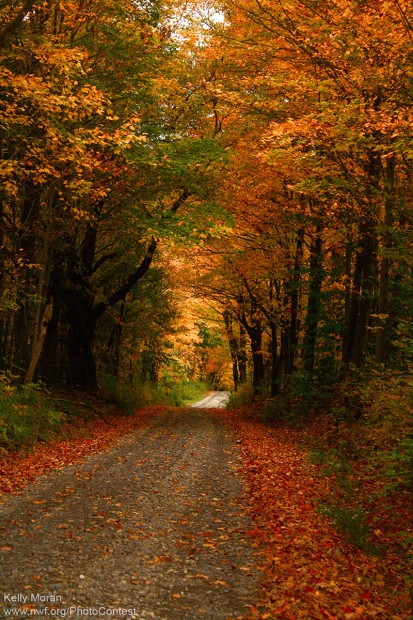
French author Albert Camus tells us, “Autumn is a second spring when every leaf is a flower.” And what opulent bouquets the leaves of autumn do create—whole mountainsides of dazzling color. But nature has a way of combining the sublime with the practical, and the fiery reds, yellows and oranges of autumn trees stand out as an excellent example of this convergence.
Why Falling Leaves?
As winter descends, trees in temperate and boreal zones face punishingly cold temperatures and frigid winds, conditions that would damage leaves, so trees have to reduce themselves to their toughest parts—stems, trunks, branches, bark. Leaves must fall.
Evergreens can hang on to their leaves through winter, because their foliage is coated in a wax that helps protect against cold, and their cells bear anti-freeze chemicals that ward off winter’s worst woes. Not so for broadleaf, or deciduous, trees. The fluids that flow through their leaves are thin and susceptible to freezing, the tissues tender. Winter cold dooms the leaves, and trees save energy by getting rid of them. Let’s take a look at the process.
As the dark mantle of winter’s dwindling days falls, trees can sense the loss of light. Thanks to chemical light receptors—phytochrome, which detects red light, and cryptochrome, which is sensitive to blue—trees can register day-length changes of as little as half an hour. When they do, they undergo chemical and physical changes that produce autumn hues.
How Pigments Play a Part
It’s all about chlorophyll—the green pigment that allows plants to absorb sunlight and turn it into food that can be stored for winter dormancy, much as a bear stores fat for hibernation. During the growing season, trees create chlorophyll as fast as they use it up, so leaves stay green. But as daylight declines, trees slow the production of chlorophyll until, finally, it stops. Producing more would be a waste of energy because, as temperatures near the freezing point, the process of photosynthesis slows to impractical levels.
While the green pigment ebbs from the leaf, other pigments hidden in the greenery during warm months begin to appear. Carotenoids—which produce the yellow, orange and brown colors in the flowers of daffodils and the roots of carrots, in the rinds of pumpkins and the peels of bananas—are present in leaf cells throughout the growing season, but they’re masked by the green pigment. Once the chlorophyll disappears, the carotenoids give leaves a burst of color.
Trees produce another pigment group, the anthocyanins, primarily in autumn. These pigments give red and purple to such things as blueberries, cherries, red apples, concord grapes, and plums. And autumn leaves. Possibly, their presence helps to lower the leaf’s freezing point, giving it some protection from cold and allowing leaves to remain in place longer, giving trees more time to absorb nutrients.
You can tell by the color of an autumn leaf what kind of pigment a tree specializes in. Oaks, dogwoods, black tupelo and some maplestend to turn red, brown or russet because they produce a lot of anthocyanins. Hickories, aspensand some maples (the most erratic of fall trees, obviously), are big on carotenoids, leading to the trees’ brilliant golds and yellows.
The precise timing of the color shift apparently is genetically controlled. Oaks, for example, are among the last trees to change color. Others, such as sourwood, flip the switch to fall colors as early as August. However, weather and soil moisture can affect the quality of fall color. A severe summer drought can delay fall color by a few weeks. A warm spell in autumn also tones down autumn colors.
Best Weather for Colorful Falls
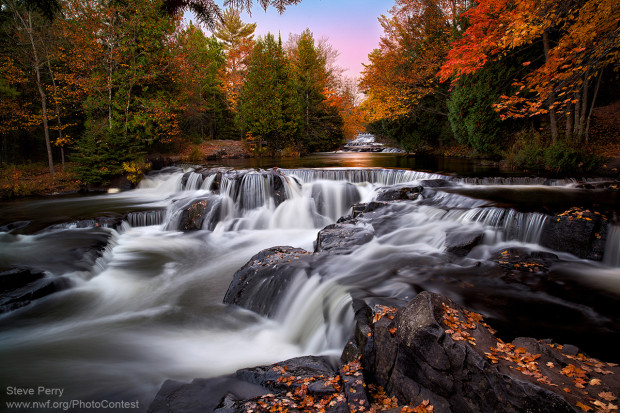
The most-dazzling displays of scarlet and crimson occur in autumns marked by warm, bright days and cool, crisp nights with temperatures above freezing. Sun-lit autumn days stimulate leaves to produce sugars, and chill nights close the veins leading into and out of the leaf, locking in the sugars—which in turn lead to the production of anthocyanins and their crimsons and violets. Yellow and gold colors vary little from year to year, however, because leaves contain carotenoids at all times.
Losing Leaves
Eventually, autumn leaves must fall. By the end of summer, they may be damaged by insects, disease or general wear and tear and ready for renewal. They are equipped to self-destruct. At the point where leaf stem meets twig or branch is an array of cells called the abscission layer. As autumn days shorten, this layer begins to choke off the veins that move water into the leaf and food into the tree. Once the leaf is completely choked off, the layer becomes dry and flakey and, through decomposition, detaches the leaf from the tree.
The Autumn Gardener
Nature seems to abhor waste, so it is no surprise that though leaves may fall to earth, they still have not outlasted their ecological role. As they decompose, their nutrients trickle into the soil and feed future generations of plant and animal life. Quite likely, fallen leaves are a key factor in the survival not only of trees, but of forests as a whole.
This means that you need not militantly rake up every fallen leaf. In fact, leaving them on the ground is actually a very good thing to do for wildlife.
With their leaves gone, the trees are ready to take on winter’s slings and arrows. Naturalist Henry David Thoreau imagined it this way in his journal entry for October 29, 1858: “Nature now, like an athlete, begins to strip herself in earnest for her contest with her great antagonist Winter. In the bare trees and twigs what a display of muscle.”
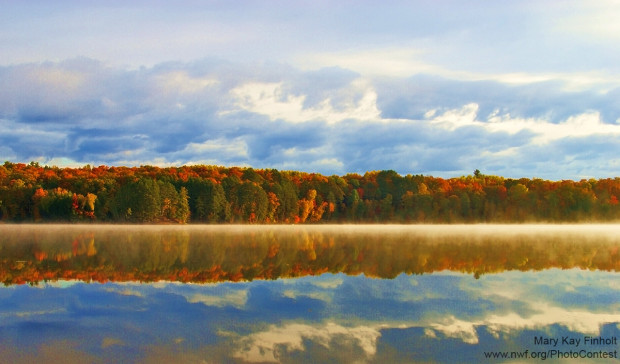
That display of botanical muscle might still need a bit of help from the gardener. Water trees and shrubs through autumn, so they can begin winter with a head start on moisture. Even in winter, trees, especially young ones, can benefit from watering every three or four weeks when temperatures are above freezing. Dousing them early in the day gives them more time to absorb the water before night freezes the soil. As cold weather begins, wrap tree trunks with crepe-paper tree wrap or burlap until spring to prevent sun scald, which occurs when sunlight on a subfreezing day warms a tree trunk to as much as 40 some degrees above freezing, allowing ice to form in the tree cells during night cold and producing dead tissues that in spring will crack open.
Be a Wildlife Gardener
Help wildlife in your neighborhood by becoming a wildlife gardener.
Garden for Wildlife!














